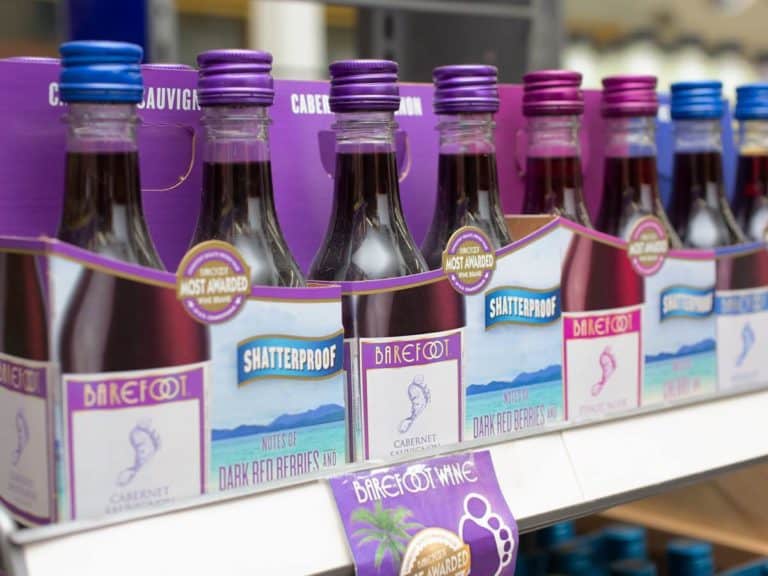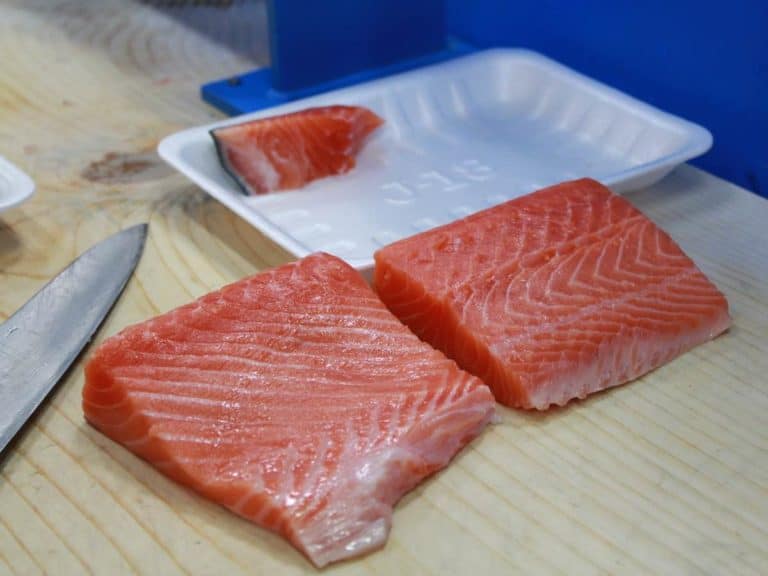What is Tepid Water and How do You Use it
Tepid water is commonly encountered in recipes for making breads. This is especially true for those that call for the use of active dry yeast.
Unfortunately, it’s not always that recipes indicate the exact temperature of tepid water to add to the dough, thus causing confusion in many first-time and occasional bakers.
In baking, tepid water is the same as lukewarm water. Tepid water is water that’s slightly warmer than body temperature. The general consensus is that tepid water’s temperature lies anywhere between 98°F and 105°F (36.66°C to 40.55°C). Some experts say, however, that it’s slightly colder or warmer.
Already experiencing a splitting headache even before you can split homemade bread? Read on.
This article is for you, a casual baker. By the time you get to the very end, you will realize that whipping up breads, biscuits, cookies and cakes with your own two hands need not be a complicated culinary undertaking, most especially if the use of tepid water is required by the recipe.

What are the Different Uses of Tepid Water?
Tepid water has many different uses. It’s used for safety showers and eyewash stations for plant workers splashed with hazardous chemicals. Tepid water is ideal for bathing babies. In Ayurveda, drinking tepid water is believed to have various health benefits. Tepid water is important in baking, too.
Before we talk about tepid water in baking all sorts of baked goods, let’s establish the fact that tepid water is helpful not only in the kitchen but on numerous occasions and situations, too.
For instance, in plants where workers are at risk of coming into contact with hazardous chemicals, tepid water is employed for washing the skin and irrigating the eyes. Tepid water is also perfect for keeping babies clean — most infants like their milk tepid, too. A tepid water bath is also recommended for people with a fever.
Tepid water is also recommended by practitioners of Ayurveda, which is an alternative healing system invented in India more than 3,000 years ago. It is said to offer the following health benefits:
- Constipation relief
- Improved digestion
- Elimination of toxins in the body
- Relief of PMS symptoms
- Alleviation of cold symptoms
- Clearing of the sinuses
- Healthy weight loss
- Improved blood circulation
Since tepid water has an assortment of purposes, getting the temperature right each time is vital.
This is especially true for baking. As mentioned earlier, tepid water is water with a temperature of 98°F and 105°F (36.66°C to 40.55°C). However, some skeptics say that it should be between 100°F and 110°F (37.77°C to 43.33°C).
But then there are also those that assert that it has to be the same as the normal body temperature.
Read Also: Boiling Liquids Other Than Water in an Electric Kettle
Why is Tepid Water Used for Baking?
Tepid water is used for baking, especially if yeast is one of the ingredients, because it provides the right temperature needed by yeast. Tepid water is hot enough to activate the yeast in the dough. Meanwhile, tepid water is cool enough to keep yeast from dying before it could cause the dough to rise.
Whether you are a seasoned or a wannabe baker, there’s an ingredient you should never be without: yeast.
Just about any baked product that needs to rise warrants the addition of yeast to their dough. Yeast is a type of fungi that feeds on sugar, either white sugar or the sugar in starch, in order to survive.
As it feasts on sugar, yeast produces gas, carbon dioxide, to be exact, which forms small bubbles that cause the dough to rise.
Adding yeast to dough isn’t enough — it needs to be activated, too. And this is when the importance of adding tepid water to the dough comes in — tepid water has the right temperature necessary to activate the yeast.
If the water is too cold, yeast will remain inactive. If the water is too hot, on the other hand, yeast will die. In any case, the dough will not rise because the yeast added to it is either dormant or dead.
Because of the very important role tepid water plays in baking yeasted baked products, it’s a must for it to be at the right temperature.
Besides causing the dough to rise, here are some other perks yeast offers:
- Flavor. There is something about the taste of yeast-leavened baked products that makes them stand out from the rest. When yeast feeds on sugar in dough and carbon dioxide forms, it is said that metabolites are formed, many of which are precursors for flavors.
- Color. By-products of the activation of yeast also enhance the rate of browning reactions of dough as a result of the formation of melanoidins and caramels in the crust.
- Nutrients. Yeast lends an assortment of nutrients to baked products to which it’s added. According to health authorities, some of them include dietary fibers, protein, B vitamins (B1, B3, B5 and B9), vitamin D, and minerals such as zinc and potassium.
But just because the dough has yeast doesn’t mean right away you need to add tepid water.
The only time tepid water is necessary if the leavening agent used is an active dry yeast.
Using instant yeast?
Tepid water may or may not be added. Also called fast-acting or active-rise yeast, instant yeast springs into action when added to the rest of the ingredients. Some bakers, however, say that tepid water can help speed up the process.
How Do You Make Water Tepid?
To make water tepid, one should leave it out at room temperature overnight. The next day, it will be tepid. While effective in most instances, the said method can be time-consuming. Adding cold water or ice cubes will lower water’s temperature, and adding warm water will raise water’s temperature.
Obtaining tepid water from the tap can be a challenge if you live where it’s really hot or very cold.
Living in a temperate climate, meanwhile, can make getting your hands on tepid water simple. All you have to do is allow water to sit on the countertop overnight — simple, yes, but not quick.
The good news is that there are many ways to obtain tepid water that the baking recipe requires without waiting for a long time or exerting much effort. If the water’s temperature is lower than tepid, which is anywhere between 98°F and 105°F (36.66°C to 40.55°C), you can try:
- Microwaving the water for a few seconds each time until the desired temperature is obtained.
- Adding hot or warm water to it a little at a time, depending on the water’s temperature — tepid water, by the way, consists of two parts boiling water and one part cold water.
And if the water’s temperature is higher than tepid, give any of the following a try:
- Placing an ice cube to the water, removing it once a temperature within the tepid range is attained.
- Adding cold water to it a little at a time.
- Stashing the water in the refrigerator or freezer — if the water is really hot and you need tepid water in a flash, place it in the freezer, constantly checking its temperature every couple of minutes.
Have no digital thermometer handy? Fret not. To test whether or not water is tepid, all you have to do is place a few drops on your wrist. If it feels warmer than your body temperature but not hot, it’s safe to assume that water is tepid — it’s generally considered suited for activating the yeast in the dough.
Just Before You Start Baking
Baking is an exact science. This is why everything needs to be accurate, from the measurement of the ingredients, time the dough spends baking and the temperature of the oven. The temperature of the water added to dough containing yeast needs to be right, too — it has to be tepid.
Related Questions
What kind of water is best for baking purposes?
Generally speaking, water of medium hardness is ideal for baking, especially where the use of yeast is warranted. Water of medium hardness, which has about 100 to 500 one part per million (PPM) of minerals, provides yeast with sufficient food, therefore optimizing the fermentation process.
Why is water sprayed on bread dough before baking?
Bread dough is sprayed with water just before it is placed in the oven in order to keep the top of the dough moist. This makes the skin of the dough flexible, thus allowing the bread dough to expand freely as it starts to cook in the oven. Putting a little water in the oven also helps.





